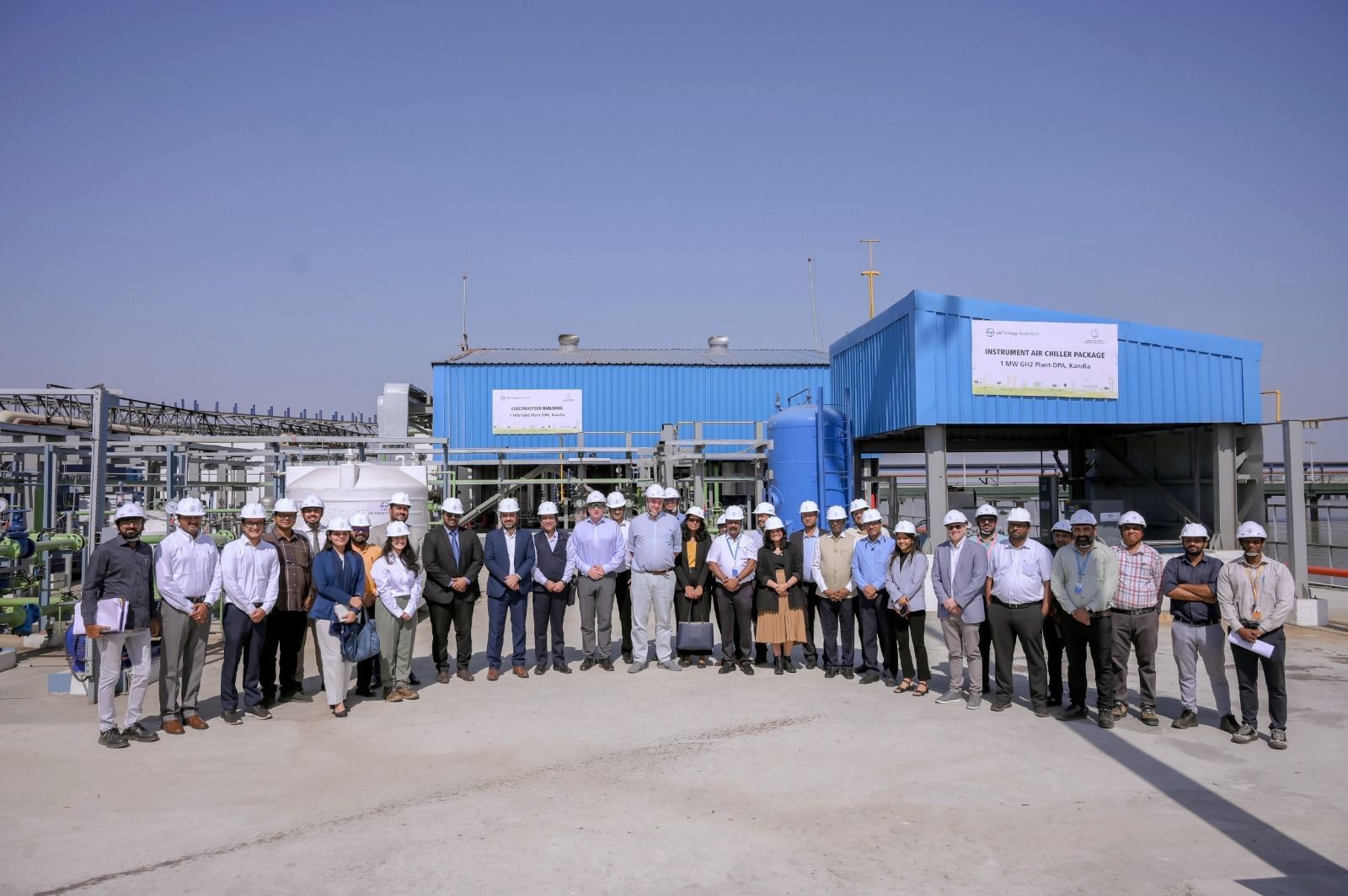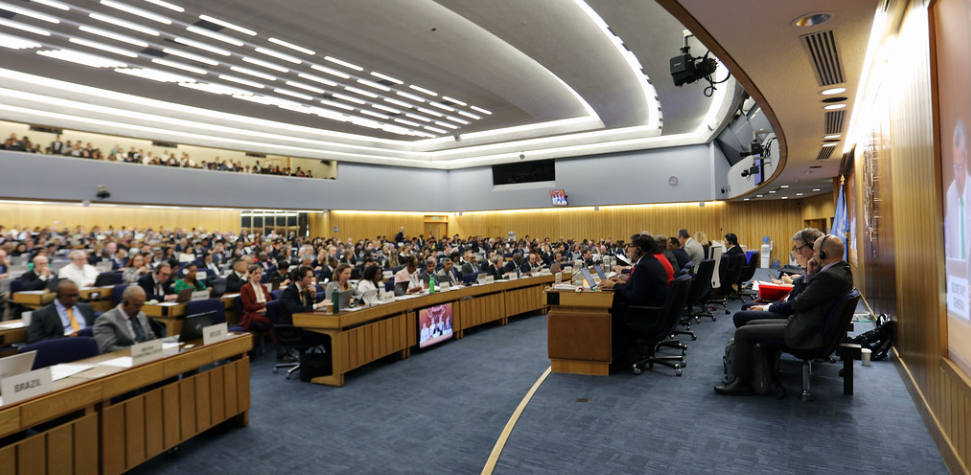Canada’s Labor Minister Steps Into End Port Lockouts Amid Economic Impact
In a significant intervention aimed at alleviating disruptions to Canada’s economy, Labor Minister Steven MacKinnon announced on Tuesday that he will take action to end the ongoing lockouts at the nation’s two largest ports, Vancouver and Montreal. These ports, critical for Canada’s trade and supply chain stability, have been paralyzed by labor disputes, leading to widespread economic repercussions.

The negotiations between port authorities and union representatives have hit an impasse, prompting MacKinnon to direct the Canada Industrial Relations Board (CIRB) to mandate the resumption of operations at both ports and to shift unresolved issues to binding arbitration. This move effectively bypasses prolonged negotiations, requiring both parties to accept the arbitration process to resolve their differences and restore vital operations.
Background of the Lockouts
Workers at Montreal’s port were locked out on Sunday, while employees at Vancouver’s port on Canada’s Pacific Coast have been locked out since November 4. These labor disputes are the latest in a series of conflicts involving wage negotiations, working conditions, and job security concerns, underscoring the ongoing tension between port authorities and unionized workers.
The Port of Vancouver and the Port of Montreal are essential arteries in Canada’s economic lifeline, responsible for the transit of goods ranging from raw materials and industrial products to consumer goods. Together, they facilitate a substantial portion of Canada’s trade activity, connecting domestic industries with international markets. The shutdowns at these ports have thus quickly amplified the strain on Canada’s supply chains and logistics infrastructure, creating ripple effects that extend across the economy.
Economic Impact of the Lockouts
According to MacKinnon, the daily impact of the lockouts has been staggering. Approximately 1.3 billion Canadian dollars ($930 million USD) in goods are affected each day, a considerable hit that underscores the economic urgency of the situation. He highlighted that the prolonged stoppage is not only jeopardizing Canada’s supply chains but also threatening the country’s reputation as a reliable trading partner on the international stage.
“There is a limit to the economic self-destruction that Canadians are prepared to accept,” MacKinnon stated in his announcement. “In the face of economic self-destruction, there is an obligation to intervene. As Minister of Labor, that responsibility falls to me.”
Businesses dependent on timely port operations have already reported delays, supply shortages, and escalating costs, with sectors like manufacturing, retail, and agriculture being particularly hard hit. The growing backlog is causing logistical challenges across the country, from bottlenecked warehouses to disrupted transport networks. Furthermore, the delays risk straining Canada’s trade relationships with partners like the United States, China, and Japan, which rely on efficient Canadian ports for the flow of essential goods.
The Role of Binding Arbitration
Binding arbitration, as ordered by MacKinnon, is a process in which a neutral third party, in this case, the CIRB, will make a final decision to resolve the dispute. This decision is binding on both sides, meaning they are required to adhere to its terms, bypassing further negotiations or strikes. By enforcing this measure, MacKinnon aims to circumvent drawn-out bargaining periods, which have previously led to similar economic disruptions.
In the Canadian labor landscape, binding arbitration is a tool reserved for scenarios where deadlocked negotiations threaten public or economic interests. MacKinnon’s decision to employ this measure indicates the government’s recognition of the severe impact prolonged lockouts can have, particularly when critical infrastructure is affected. The Labor Minister emphasized that while the government respects the bargaining rights of workers, the economic fallout necessitated an immediate solution.
Broader Implications for Canada’s Labor Landscape
The government’s intervention in these labor disputes underscores its prioritization of economic stability and supply chain resilience in the face of escalating labor unrest across critical industries. Recent years have seen rising tensions in sectors ranging from transportation and logistics to healthcare and education, with workers advocating for improved wages, working conditions, and job security amid inflation and economic pressures. The government’s decision to step in at this juncture highlights a balancing act: protecting workers’ rights while safeguarding the country’s economic interests.
Labor experts suggest that the ongoing disputes and subsequent government intervention may prompt discussions on the need for new frameworks in labor relations within critical infrastructure sectors. In particular, some argue that greater preventive measures, including regular mediation and enhanced communication channels, could mitigate the risk of such costly impasses in the future.
Industry Reactions
The decision has been met with cautious optimism by Canadian businesses and trade organizations, which have raised alarms over the compounding effects of the port closures. Many businesses have struggled with higher costs and disrupted supply lines, complicating their ability to meet customer demand and maintain production schedules. For some, particularly small and medium-sized enterprises, the impact of the lockouts has been severe, with financial losses mounting daily.
“Canada’s ability to maintain open and functioning ports is critical, especially in a global market that demands reliability and efficiency,” said a spokesperson from the Canadian Chamber of Commerce. “While binding arbitration may not satisfy all parties involved, it offers a pathway to stabilize our economy and protect the livelihoods of Canadians dependent on trade.”
Meanwhile, labor unions have expressed concerns over the government’s intervention, warning that it may set a precedent that undermines the bargaining power of workers in other industries. Union representatives argue that binding arbitration, while sometimes necessary, should not replace fair negotiations and respect for workers’ rights.
The Path Forward
As binding arbitration proceeds, both workers and port authorities will present their cases to the CIRB, which will ultimately determine the terms of the new agreements. This process is expected to take several weeks, during which both parties will resume operations as instructed. However, the potential for renewed disputes remains, especially if either side finds the arbitration decision unsatisfactory.
MacKinnon’s intervention reflects the Canadian government’s recognition of the broader stakes involved in resolving the lockouts. As Canada continues to navigate economic recovery and pressures on global trade, ensuring stable and functional ports is paramount to maintaining its position as a competitive, reliable trading partner. The resolution of this dispute, whether through arbitration or renewed negotiations, will be a critical test of Canada’s ability to balance labor rights with economic stability in an increasingly interconnected world.
Author: shipping inbox
shipping and maritime related web portal








